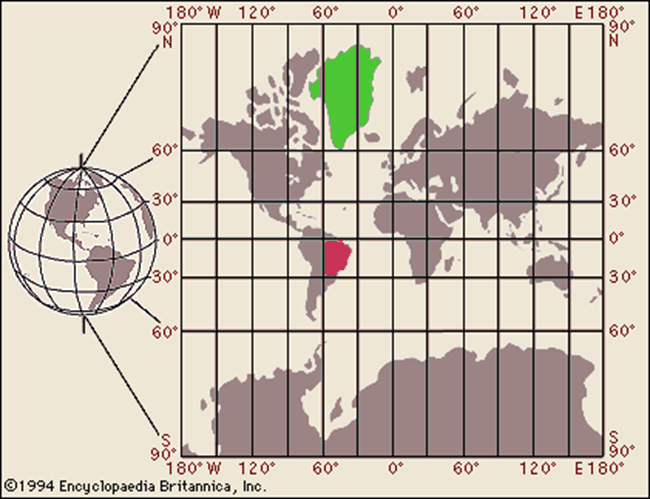"On May 20, 2015, the ODNI released a sizeable tranche of documents recovered during the raid on the compound used to hide Usama bin Ladin. The release, which followed a rigorous interagency review, aligns with the President’s call for increased transparency–consistent with national security prerogatives–and the 2014 Intelligence Authorization Act, which required the ODNI to conduct a review of the documents for release.
The release contains two sections. The first is a list of non-classified, English-language material found in and around the compound. The second is a selection of now-declassified documents.
The Intelligence Community will be reviewing hundreds more documents in the near future for possible declassification and release. An interagency taskforce under the auspices of the White House and with the agreement of the DNI is reviewing all documents which supported disseminated intelligence cables, as well as other relevant material found around the compound. All documents whose publication will not hurt ongoing operations against al-Qa‘ida or their affiliates will be released."
I've highlighted the list of "English Language Books" but each category has a list on the ODNI website. I've only read one of the books on the list and posted about it early on when few people read this blog.
Here's the list:
Now Declassified Material (103 items)
Publicly Available U.S. Government Documents (75 items)
English Language Books (39 items)
- The 2030 Spike by Colin Mason
- A Brief Guide to Understanding Islam by I. A. Ibrahim
- America’s Strategic Blunders by Willard Matthias
- America’s “War on Terrorism” by Michel Chossudovsky
- Al-Qaeda’s Online Media Strategies: From Abu Reuter to Irhabi 007 by Hanna Rogan
- The Best Democracy Money Can Buy by Greg Palast
- The Best Enemy Money Can Buy by Anthony Sutton
- Black Box Voting, Ballot Tampering in the 21st Century by Bev Harris
- Bloodlines of the Illuminati by Fritz Springmeier
- Bounding the Global War on Terror by Jeffrey Record
- Checking Iran’s Nuclear Ambitions by Henry Sokolski and Patrick Clawson
- Christianity and Islam in Spain 756-1031 A.D. by C. R. Haines
- Civil Democratic Islam: Partners, Resources, and Strategies by Cheryl Benard
- Confessions of an Economic Hit Man by John Perkins
- Conspirators’ Hierarchy: The Committee of 300 by John Coleman
- Crossing the Rubicon by Michael Ruppert
- Fortifying Pakistan: The Role of U.S. Internal Security Assistance (only the book’s introduction) by C. Christine Fair and Peter Chalk
- Guerilla Air Defense: Antiaircraft Weapons and Techniques for Guerilla Forces by James Crabtree
- Handbook of International Law by Anthony Aust
- Hegemony or Survival: America’s Quest for Global Dominance by Noam Chomsky
- Imperial Hubris by Michael Scheuer
- In Pursuit of Allah’s Pleasure by Asim Abdul Maajid, Esaam-ud-Deen and Dr. Naahah Ibrahim
- International Relations Theory and the Asia-Pacific by John Ikenberry and Michael Mastandano
- Killing Hope: U.S. Military and CIA Interventions since World War II by William Blum
- Military Intelligence Blunders by John Hughes-Wilson
- Project MKULTRA, the CIA’s program of research in behavioral modification. Joint hearing before the Select Committee on Intelligence and the Subcommittee on Health and Scientific Research of the Committee on Human Resources, United States Senate, Ninety-fifth Congress, first session, August 3, 1977. United States. Congress. Senate. Select Committee on Intelligence.
- Necessary Illusions: Thought Control in Democratic Societies by Noam Chomsky
- New Pearl Harbor: Disturbing Questions about the Bush Administration and 9/11 by David Ray Griffin
- New Political Religions, or Analysis of Modern Terrorism by Barry Cooper
- Obama’s Wars by Bob Woodward
- Oxford History of Modern War by Charles Townsend
- The Rise and Fall of the Great Powers by Paul Kennedy
- Rogue State: A Guide to the World’s Only Superpower by William Blum
- The Secret Teachings of All Ages by Manly Hall (1928)
- Secrets of the Federal Reserve by Eustace Mullins
- The Taking of America 1-2-3 by Richard Sprague
- Unfinished Business, U.S. Overseas Military Presence in the 21st Century by Michael O’Hanlon
- The U.S. and Vietnam 1787-1941 by Robert Hopkins Miller
- “Website Claims Steve Jackson Games Foretold 9/11,” article posted on ICV2.com (this file contained only a single saved web page)
Material Published by Violent Extremists & Terror Groups (35 items)I have to wonder what Bin Laden thought about his access to all this material - that the US was crazy to have this all available, or was there some admiration that a society would allow all this to be read by anyone?
Materials Regarding France (19 items)
Media Articles (33 items)
Other Religious Documents (11 items)
Think Tank & Other Studies (40 items)
Software and Technical Manuals (30 items)
Other Miscellaneous Documents (14 items)
Documents Probably Used by Other Compound Residents (10 items)
























